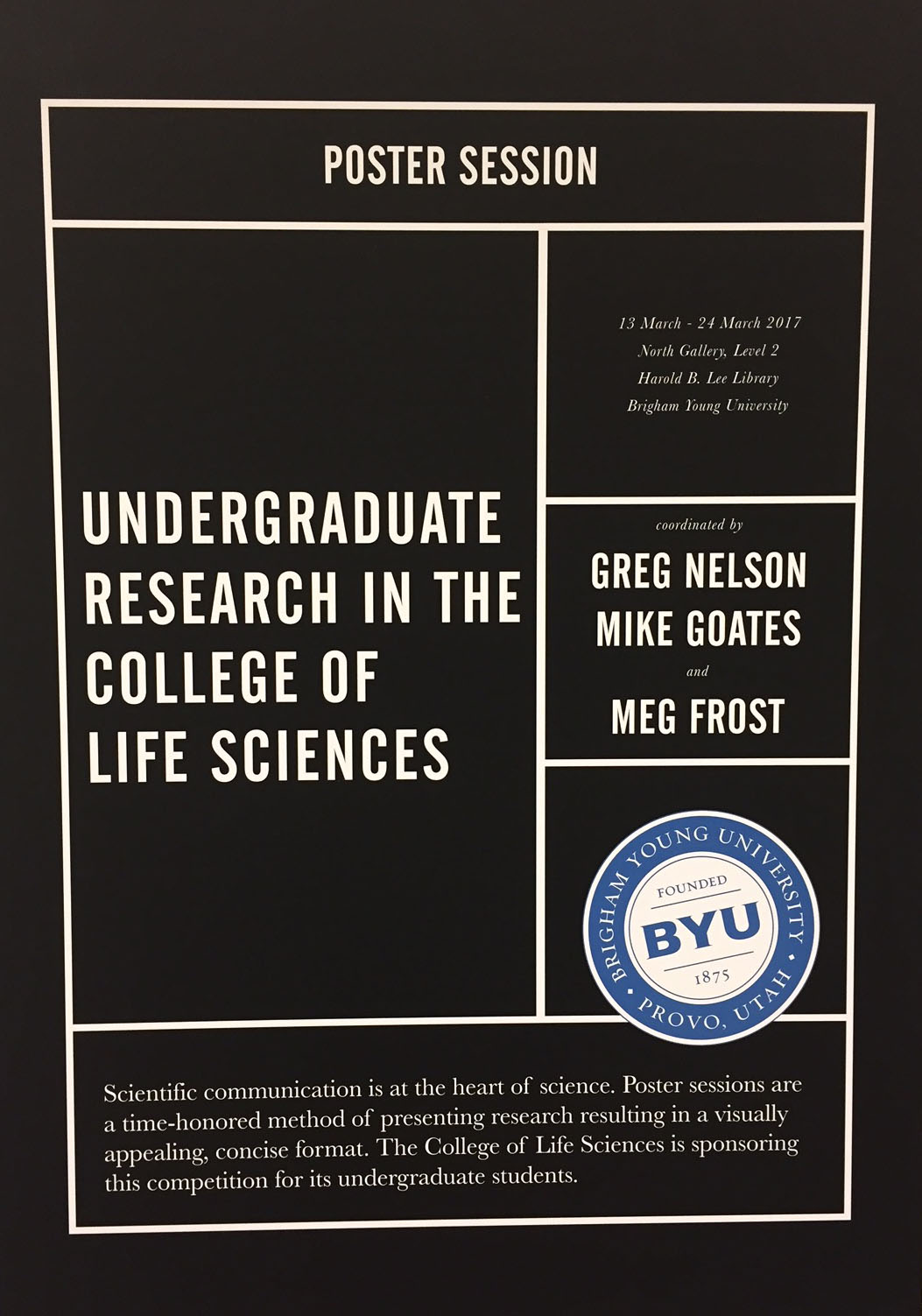Files
Download Full Text (1.8 MB)
Keywords
Mimicry, Evolution, Kingsnakes, Distribution
Abstract
Many animals display bright colors or patterns to advertise or warn predators that they are dangerous. Coral snakes effectively use bright red and yellow bands to warn of their venom. There are also many harmless snakes which try to copy or mimic the color patterns of the coral snakes to gain that same protection from predators without the venom. This is known as Batesian mimicry. It has long been thought that for mimicry to be effective, both the dangerous animals and their mimics need to be found in the same geographic area. This study focuses on two species of kingsnake, Lampropeltis pyromelana and L. knoblochi, that mimic the Sonoran coral snake, M. euryxanthus. The distribution of both kingsnakes stretch far outside the geographic range of the coral snake, and there is significant variation in the banding patterns seen in these mimetic species. According to mimicry theory the bright red banding pattern should be disadvantageous to the kingsnakes outside of the range of the coral snake. We hypothesized that as distance from the coral snake range increases, the mimetic accuracy of the kingsnake species will decrease. We calculate the accuracy of mimicry in both kingsnake species and compare that accuracy across their distribution in order test the hypothesis that selection for Batesian mimicry is stronger in sympatry
BYU ScholarsArchive Citation
Probst, Taylor; Kohler, Dallin; Whiting, Alison; and Searcy, Jacob, "Mystifying Mimics: The Influence of Distribution on Mimicry" (2023). Library/Life Sciences Undergraduate Poster Competition 2023. 27.
https://scholarsarchive.byu.edu/library_studentposters_2023/27
Document Type
Poster
Publication Date
2023-03-02
Language
English
College
Life Sciences
Department
Biology
Copyright Use Information
https://lib.byu.edu/about/copyright/


